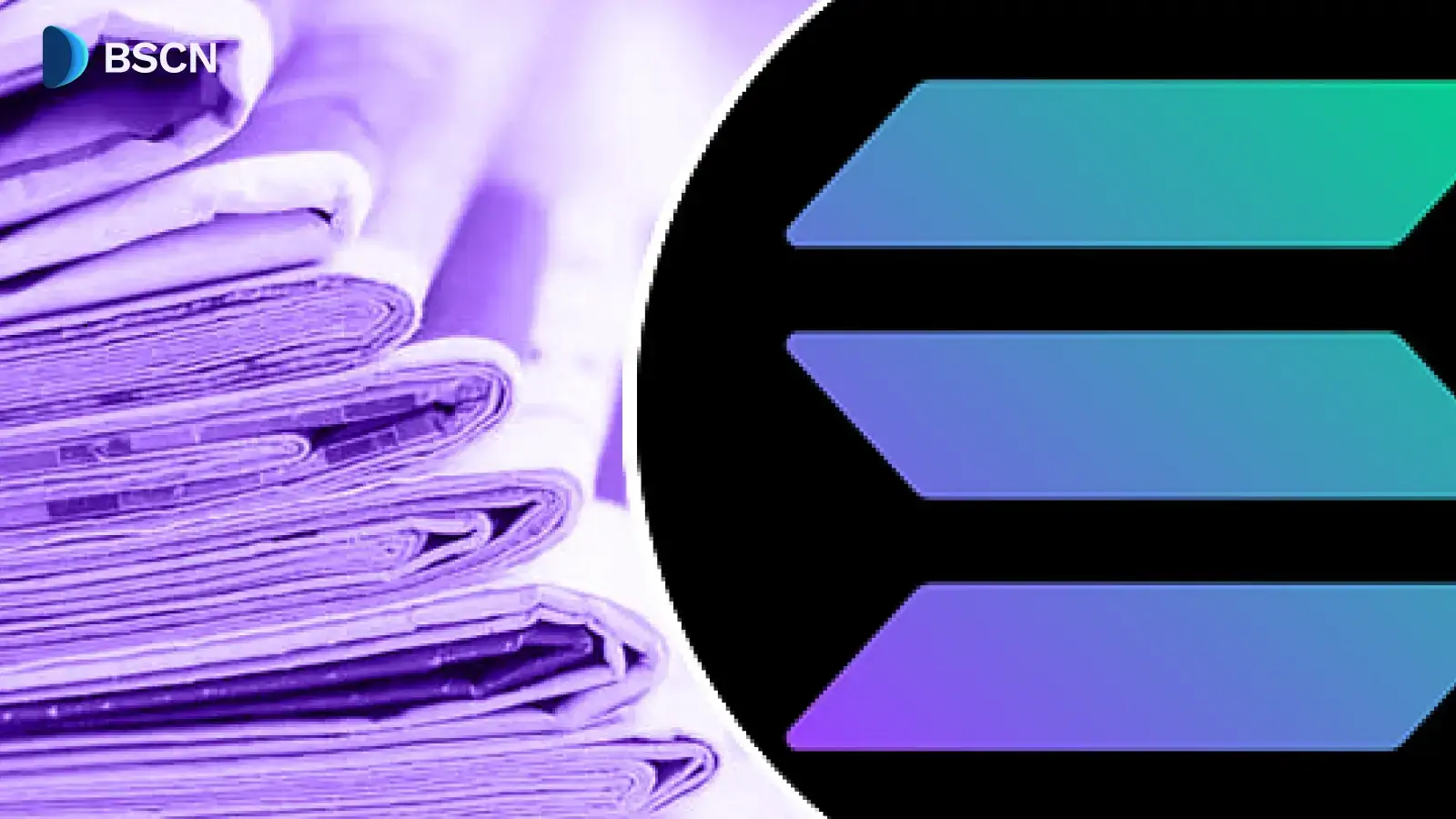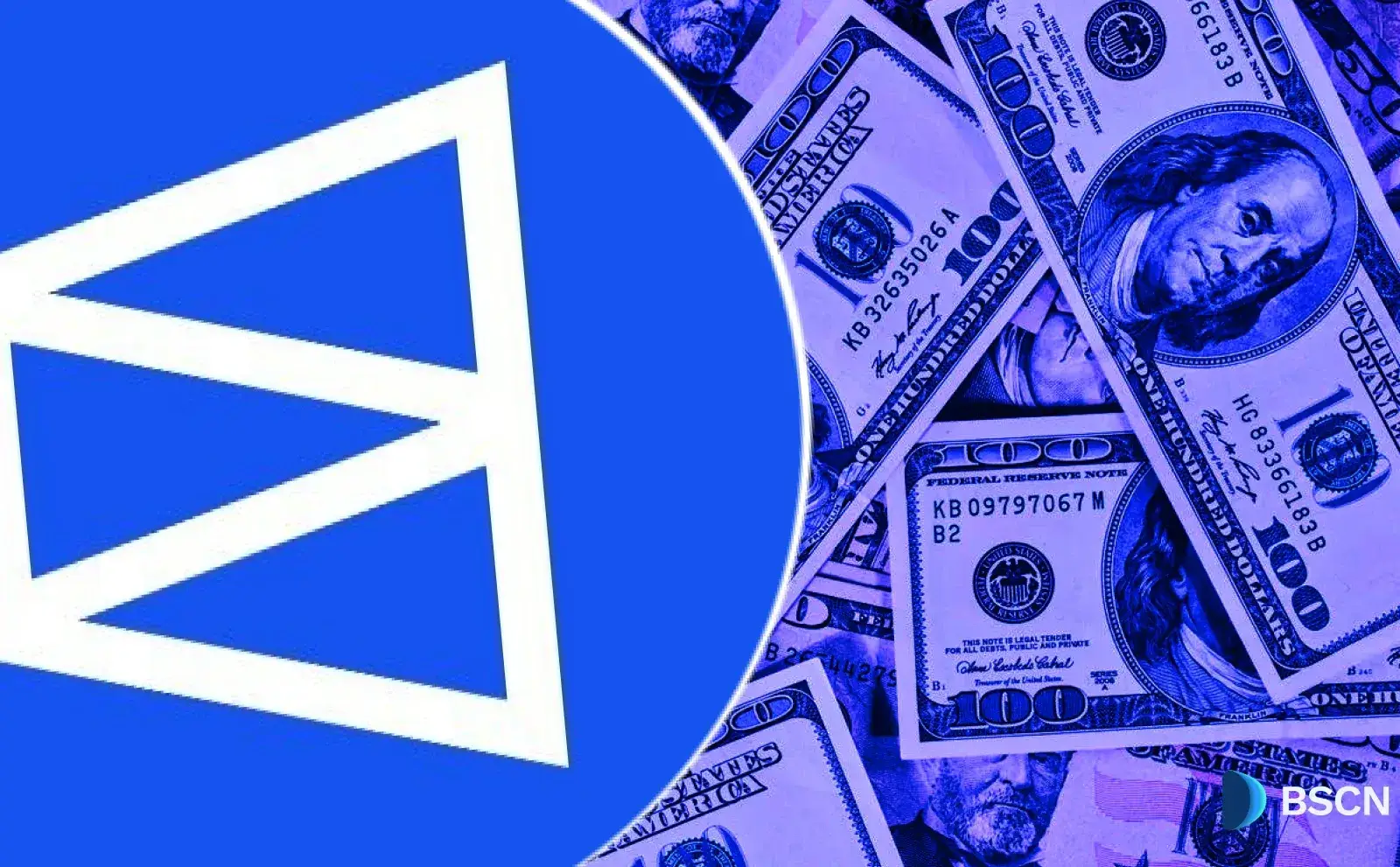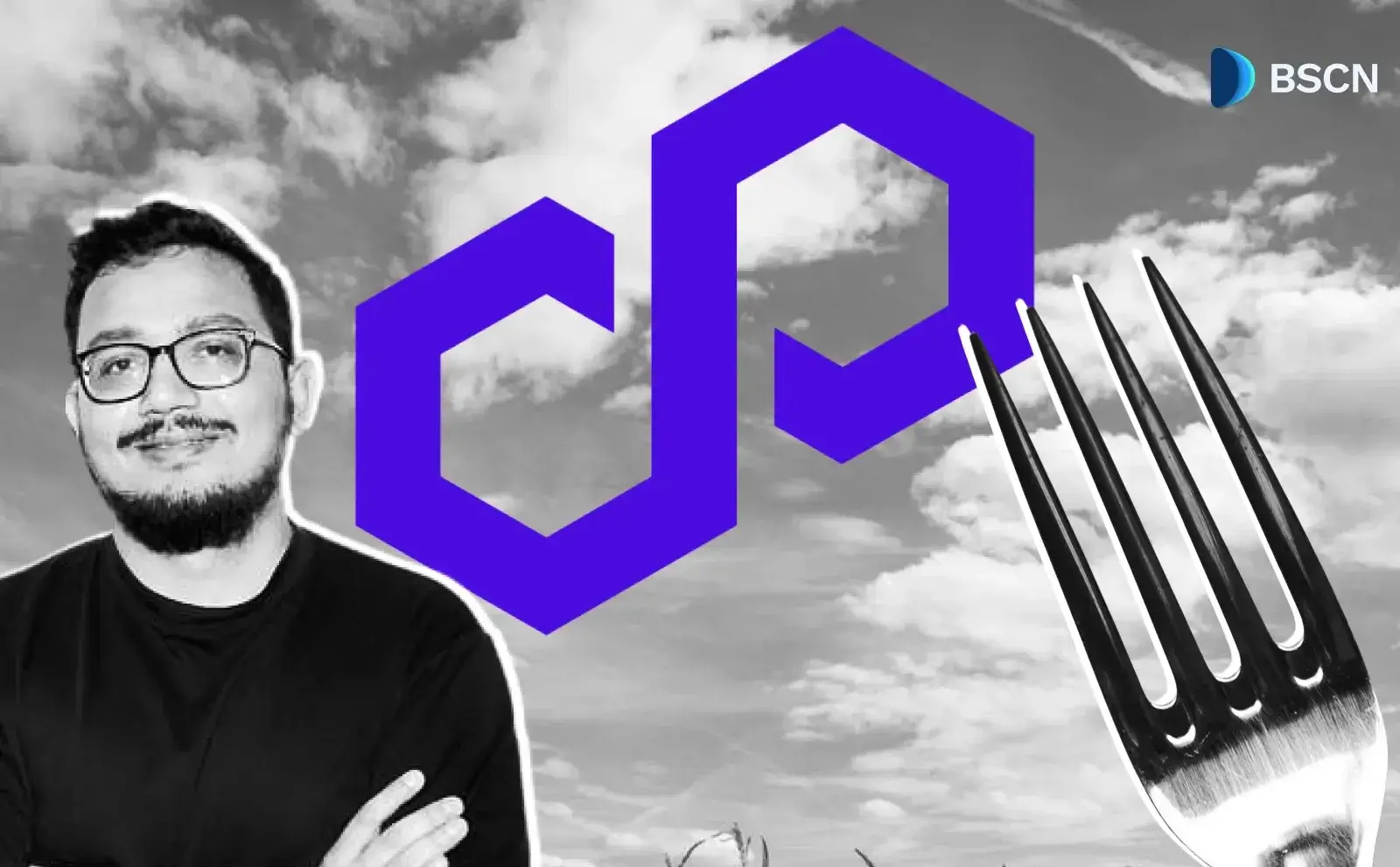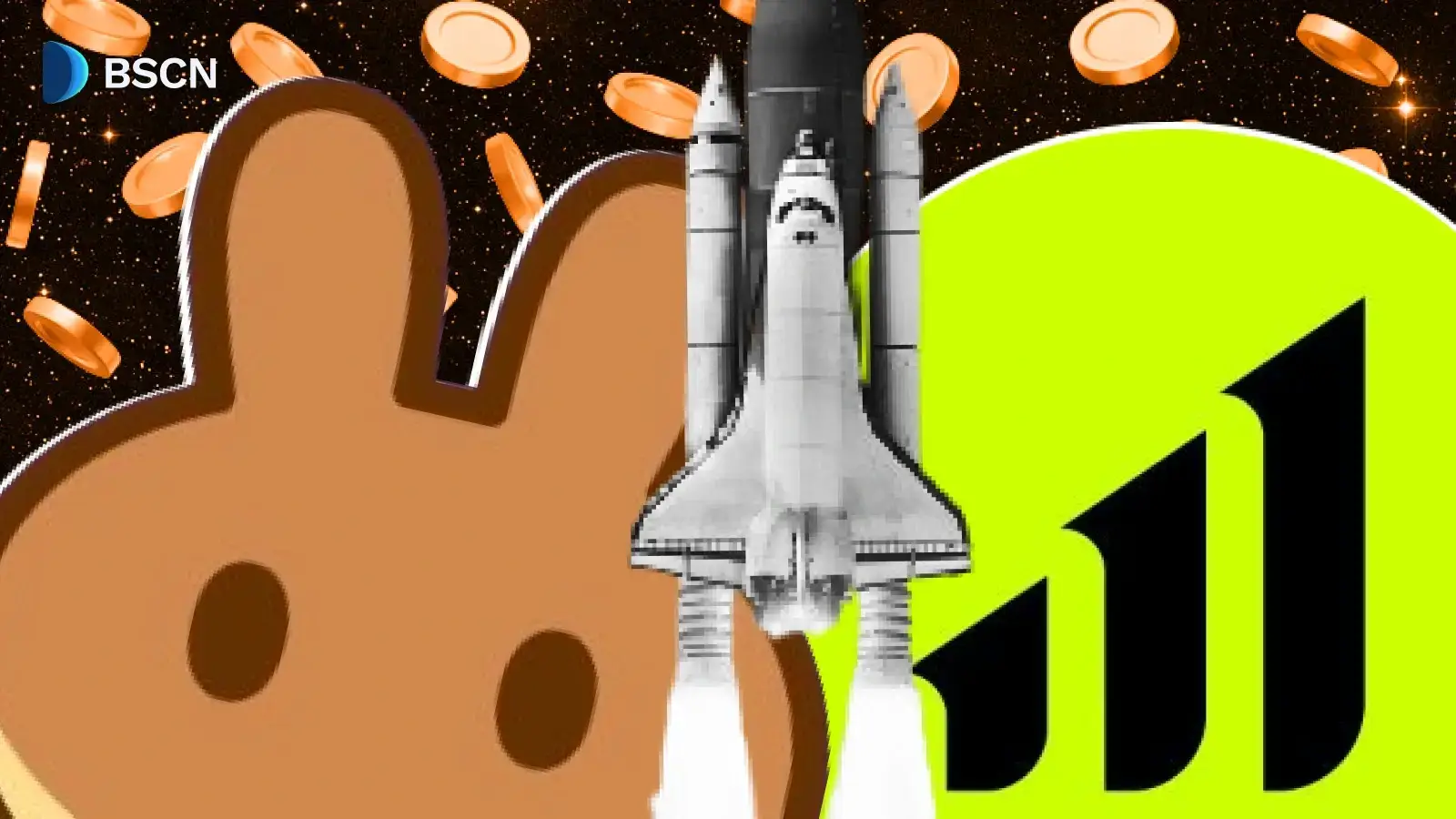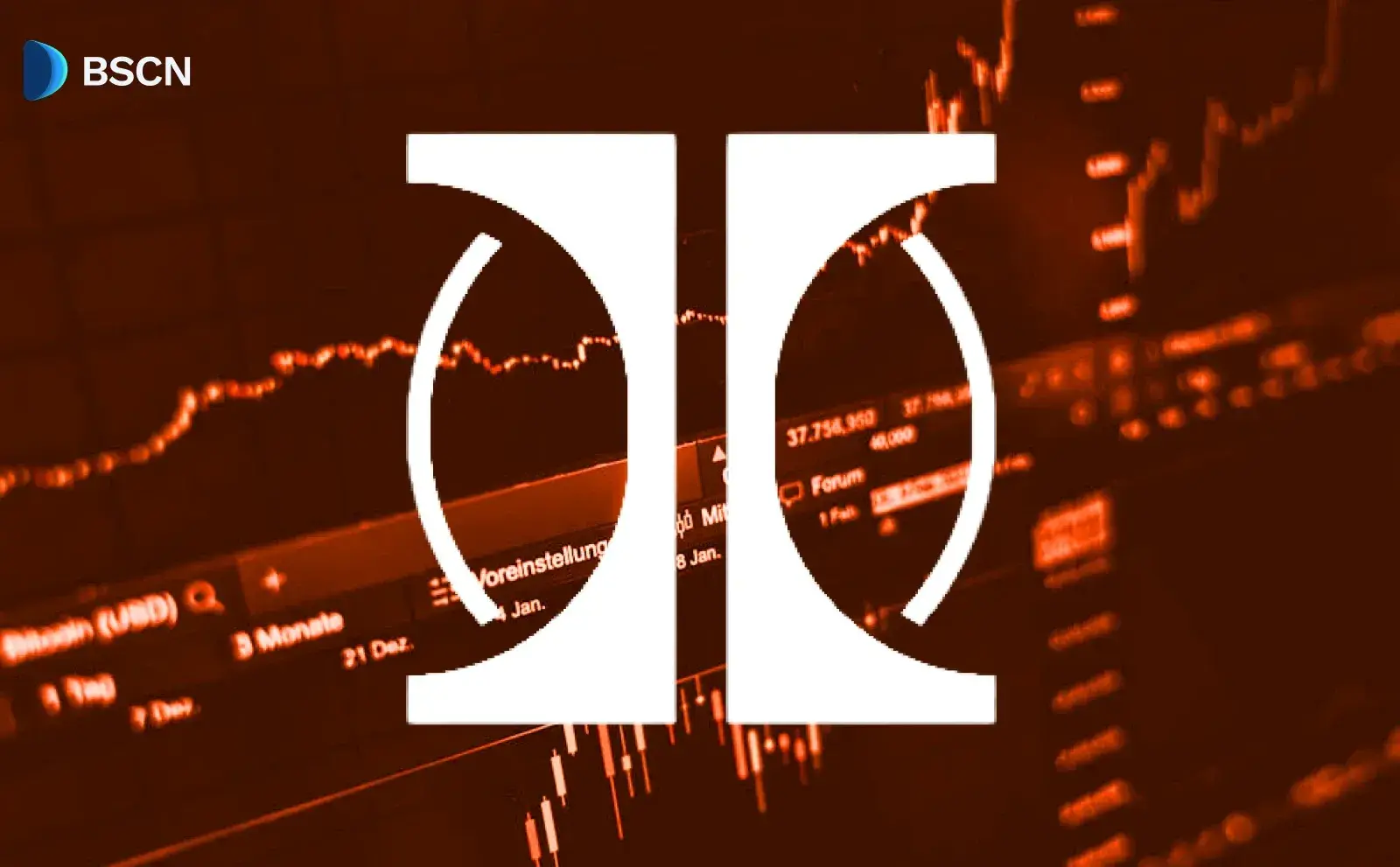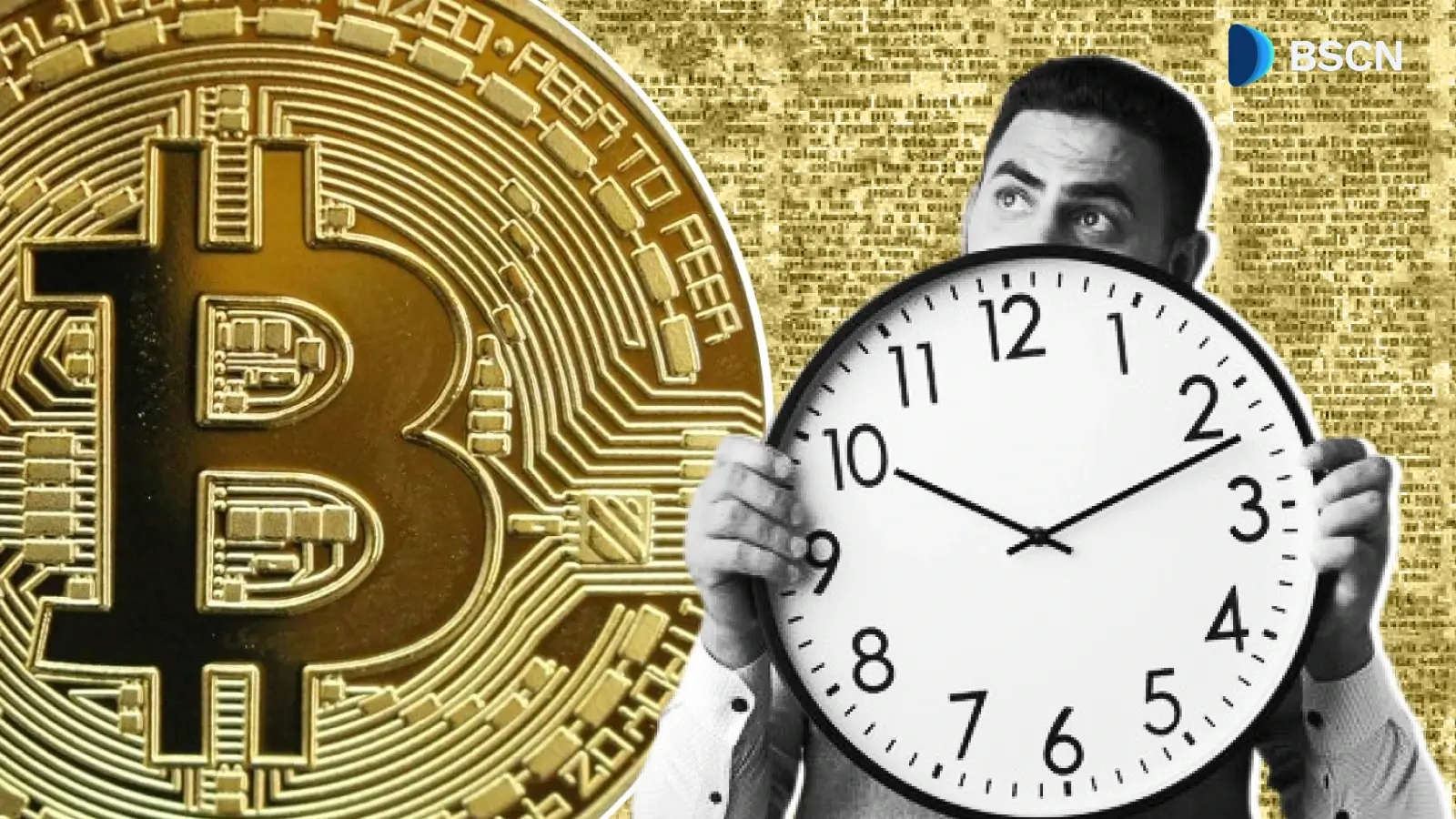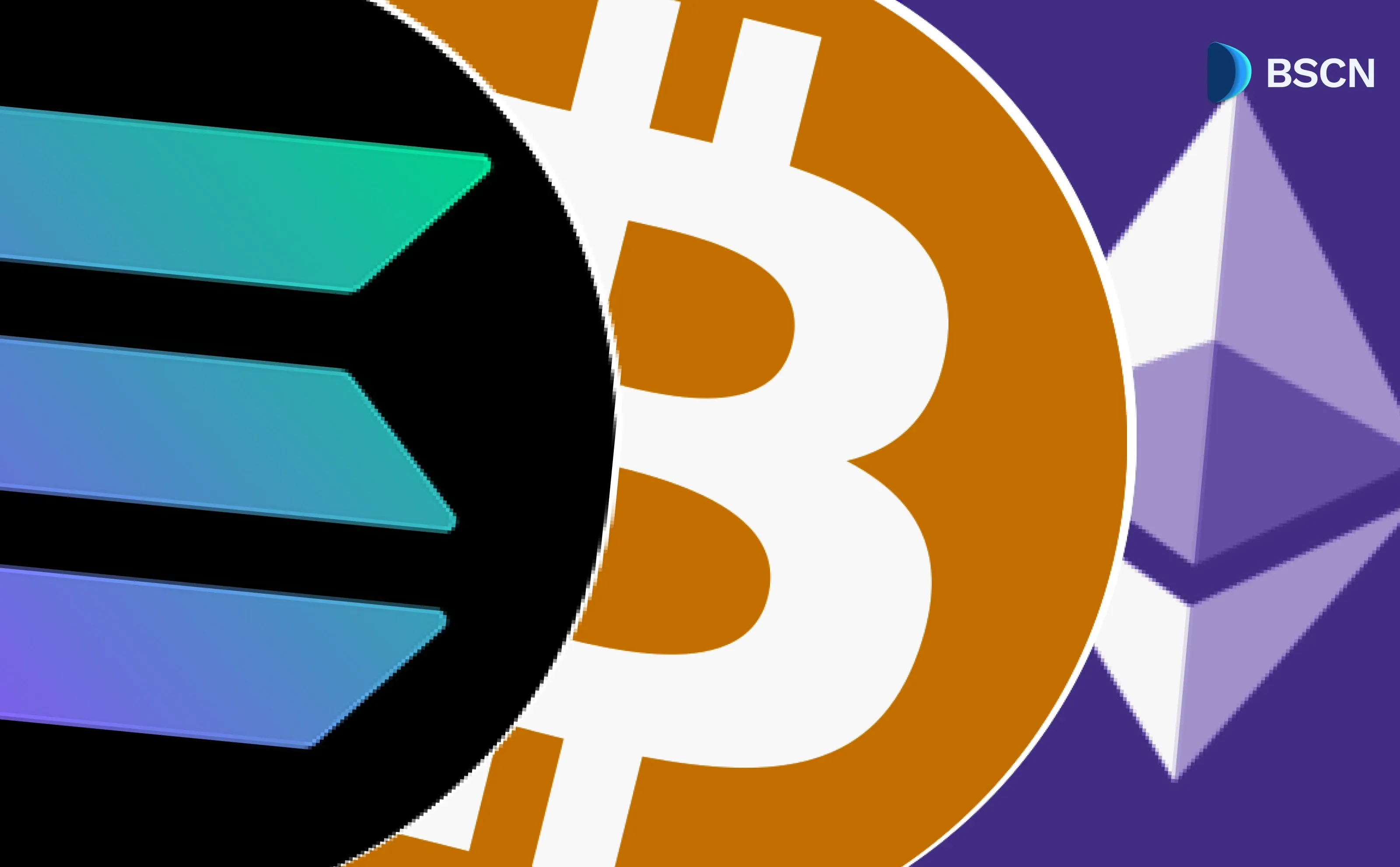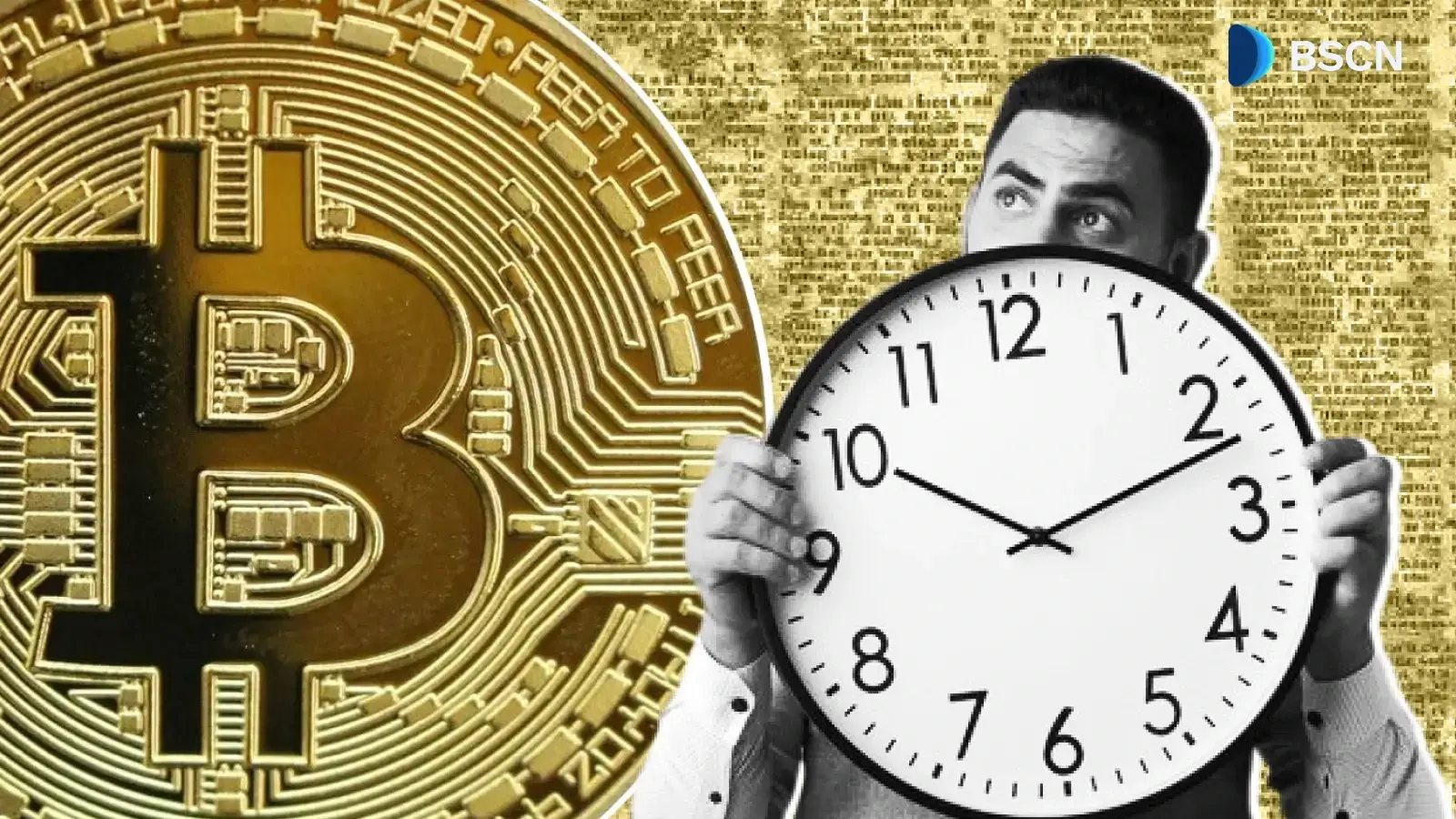Deepdive
(Advertisement)
Eclipse: Ethereum Security with Solana Speed

Eclipse combines Ethereum's security with Solana's speed, creating the first Layer 2 solution powered by the Solana Virtual Machine. Learn how Eclipse's GSVM technology aims to deliver unprecedented blockchain performance.
Crypto Rich
May 8, 2025
(Advertisement)
Table of Contents
What Is Eclipse? Bridging Ethereum and Solana
Eclipse is the first Ethereum Layer 2 (L2) solution powered by the Solana Virtual Machine (SVM). The platform aims to solve a critical problem in the blockchain space: combining Ethereum's strong security and liquidity with Solana's high-speed performance. With over $65 million in funding, Eclipse creates a scalable platform where developers can build decentralized applications (dApps) that benefit from both ecosystems.
According to the official Eclipse website, the project's core mission is to unify fragmented blockchain ecosystems and become "the best place for decentralized applications." This approach allows developers to access Ethereum's deep liquidity pool while leveraging Solana's architecture's rapid transaction speeds.
The Technology Behind Eclipse
Eclipse combines cutting-edge technology from both the Ethereum and Solana layer one ecosystems to create a hybrid platform with unique capabilities. Let's examine the core technical components that make this possible.
Solana Virtual Machine Integration with GSVM
Eclipse leverages the Solana Virtual Machine to achieve unprecedented performance on Ethereum. The recent Eclipse Performance Thesis (v0.9, March 2025) introduces the Giga Scale Virtual Machine (GSVM), a significant advancement for the platform. The GSVM client targets what Eclipse calls "GigaCompute" — computational capacity that is orders of magnitude greater than current blockchain capabilities, potentially enabling millions of complex transactions per second.
In lab settings, GSVM has achieved 100,000 transactions per second (TPS), with plans to extend Compute Units (CUs) for improved concurrency. The GSVM operates on four key design principles:
- Software-hardware co-design
- Cross-layer optimizations
- Workload non-interference
- Dynamic scaling
Modular Architecture with Celestia
Eclipse uses a modular design incorporating Celestia for data availability (DA). This approach separates consensus, execution, and storage functions, enhancing efficiency and reducing operational costs. The modular structure allows Eclipse to optimize each component independently.
The Canonical Bridge
The Eclipse Canonical Bridge enables ETH deposits from the Ethereum Mainnet and Sepolia networks. ETH functions as the native token on Eclipse, though withdrawals remain disabled at present. The bridge serves as the critical connection point between Ethereum and the Eclipse ecosystem.
Network Performance Innovations
According to the Performance Thesis, Eclipse's network implements several advanced features that enhance its speed and reliability:
- Near line-speed processing through SmartNICs and FPGAs
- Probabilistic execution pre-confirmations
- Performance-based sequencing
- Application-specific sequencing (ASS) - allowing different applications to use customized transaction ordering rules
- Latency-optimized transaction routing

Runtime and Database Optimizations
The platform's runtime environment features several advanced capabilities. It includes a self-improving system that uses reinforcement learning to adapt over time. The runtime also employs computational abstraction and a hybrid approach to concurrency that balances optimistic and pessimistic methods.
On the database side, Eclipse minimizes disk access through strategic caching techniques. It implements parallel NVMe arrays that are aware of data hotspots and uses databases specifically aligned with SSD hardware for acceleration.
$ES Token: Economic Structure and Status
With Eclipse's technical foundation established, let's examine the economic layer of the ecosystem - the $ES token that will power transactions and governance.
The $ES token will form the backbone of Eclipse's economic system. Here's what we know about the token's status and structure:
Current Status
As of May 7, 2025, the $ES token has a CoinMarketCap page but shows no active trading data, indicating it remains in a pre-listing phase. Although some community members think that the complete tokenomics and an airdrop date will be announced soon.
The token has a total supply of 1 billion and operates on Ethereum's EVM chain.
Recent on-chain activity shows 200 million tokens (20% of the supply) moved to a smart contract on April 23, 2025. The movement could suggest preparations for an airdrop or exchange listing.
Distribution and Utility
Official tokenomics documentation is notably absent from Eclipse's official documentation. Social media speculation suggests a possible 20% airdrop allocation, but these claims remain unverified by official sources.
The $ES token could be used for:
- Governance voting
- Incentives for dApp developers
- Community rewards
- Gaming rewards
Community initiatives like Turbo Tap and Moo Games hint at potential $ES-based reward mechanisms. The Performance Thesis suggests $ES might incentivize GSVM performance through priority fees for sequencing, though this remains unconfirmed.
The Eclipse Economy: Vision and Applications
Eclipse aims to create a global "Eclipse Economy" powered by scalable, decentralized applications. The Performance Thesis outlines how the GSVM's GigaCompute capabilities could enable this through three key application domains:
AI Applications
GPU and FPGA acceleration make on-chain inference and agentic AI applications possible. This enables trustless applications such as recommendation systems that operate with full transparency.
Gaming Possibilities
The platform's low latency and high throughput create opportunities for real-time MMORPGs with on-chain logic. The transparency and commitment mechanisms help combat cheating in gaming environments.
DePIN (Decentralized Physical Infrastructure Networks)
Eclipse's architecture supports scaling to millions of devices with low-cost, low-latency transactions. This enables real-time settlement for physical infrastructure projects that use blockchain technology, such as Helium (wireless networks) and Render (distributed computing). DePIN represents the blockchain coordination of real-world hardware resources, which requires precisely the kind of high-throughput performance Eclipse aims to deliver.
Community Engagement and Adoption
Eclipse has organised several community initiatives to drive adoption:
- Turbo Tap: Allows users to click and earn crypto
- Moo Games: Event that encouraged user participation and showcased throughput capacity
- Creator Fund: Supports artists building on the Eclipse platform
The platform is also building its ecosystem through strategic partnerships with projects like Metaplex Aura (digital asset management) and Pyth Network (real-time smart data). The various integrations support various application types, including DeFi, NFTs, and gaming.
These initiatives and partnerships, coupled with regular community engagement, suggest a focus on growing the ecosystem through active participation.
Recent Milestones and Progress
Eclipse has made significant progress since its mainnet launch in November 2024:
- November 7, 2024: Public mainnet launch as the first SVM-powered L2 on Ethereum
- November 26, 2024: Beta integration of Aura with Metaplex to enhance NFT support
- December 13, 2024: Program Registry expansion with dApps like Invariant, Blobscriptions, Skate, and PolyMarket
- Early 2025: $ES token preview page on CoinMarketCap
- March 19, 2025: Release of the Eclipse Performance Thesis (v0.9) introducing GSVM
- April 23, 2025: On-chain movement of 200 million $ES tokens to a smart contract
Challenges and Future Outlook
While Eclipse presents an innovative approach to blockchain scalability, it faces several challenges:
- L2 Competition: Established players like Arbitrum and Optimism have a significant market share
- Tokenomics Clarity: Lack of official documentation on $ES allocation and utility
- Sequencer Decentralization: Currently team-operated, with future plans for decentralization
Despite these challenges, Eclipse's robust funding, technological innovations, and strategic positioning between the Ethereum and Solana ecosystems create significant potential. The GSVM's advancements in particular, may establish Eclipse as a leader in Ethereum scalability and SVM adoption.
Conclusion: Bridging Blockchain Worlds
Eclipse represents a technical innovation in the blockchain space by merging Ethereum's security and liquidity advantages with Solana's performance capabilities. Through the GSVM's GigaCompute focus, Eclipse aims to deliver computational power far exceeding current blockchain limitations.
The platform's modular design, performance optimizations, and ecosystem integrations position it as a potential leader in the next generation of decentralized applications. For developers seeking high performance without sacrificing Ethereum's ecosystem benefits, Eclipse offers a compelling solution.
As the $ES token moves closer to market entry and the Eclipse Economy takes shape, developers, users, and investors should monitor official channels for updates on tokenomics and listings. Eclipse's vision of unifying blockchain ecosystems may help reduce fragmentation and accelerate the adoption of crypto-enabled products across industries.
To stay updated on Eclipse's development, token listings, and ecosystem growth, visit the official website at eclipse.xyz and follow @EclipseFND on X for the latest announcements. Developers interested in building on Eclipse can access comprehensive documentation and explore the innovative Layer 2 solution today.
Read Next...
Disclaimer
Disclaimer: The views expressed in this article do not necessarily represent the views of BSCN. The information provided in this article is for educational and entertainment purposes only and should not be construed as investment advice, or advice of any kind. BSCN assumes no responsibility for any investment decisions made based on the information provided in this article. If you believe that the article should be amended, please reach out to the BSCN team by emailing [email protected].
Author
 Crypto Rich
Crypto RichRich has been researching cryptocurrency and blockchain technology for eight years and has served as a senior analyst at BSCN since its founding in 2020. He focuses on fundamental analysis of early-stage crypto projects and tokens and has published in-depth research reports on over 200 emerging protocols. Rich also writes about broader technology and scientific trends and maintains active involvement in the crypto community through X/Twitter Spaces, and leading industry events.
(Advertisement)
Latest News
(Advertisement)
Crypto Project & Token Reviews
Project & Token Reviews
Comprehensive reviews of crypto's most interesting projects and assets
Learn about the hottest projects & tokens
